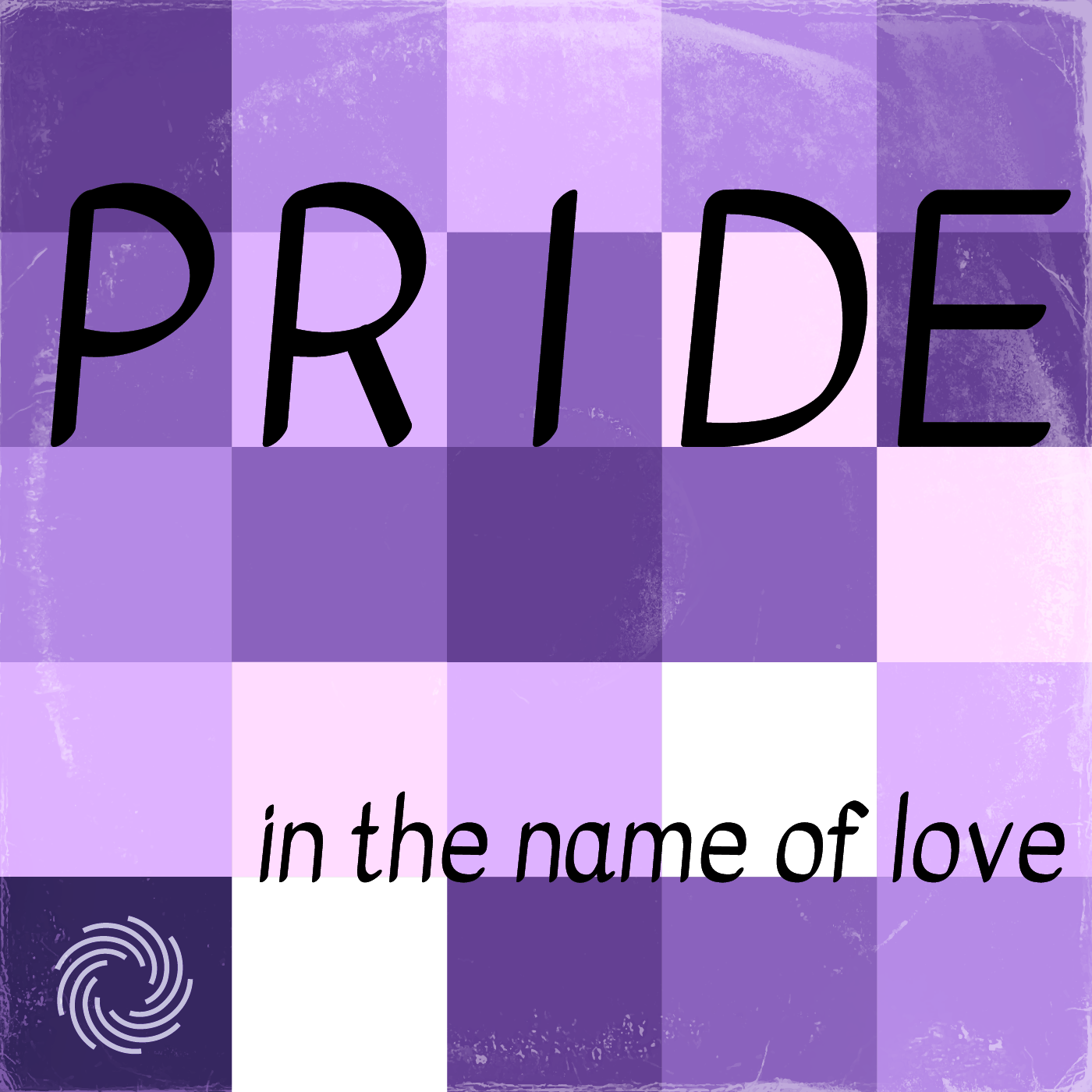Why Lavender Represents Queer Resistance

In 1953, at the height of the Cold War and Senator Joe McCarthy’s virulent campaign against suspected Communists and possible traitors, President Eisenhower declared gay men and lesbians to be a threat to the security of the country and therefore unfit for government service. In doing so, he incited decades of stigmatization against LGBTQ employees in the federal workforce.
Gay men in America were taunted for possessing a “dash” or “streak” of lavender, thanks in large part to Abraham Lincoln’s biographer Carl Sandburg, who described one of the president’s early male friendships as containing a “streak of lavender, and spots soft as May violets.” The "lavender scare" was a moral panic about homosexual people in the United States government which led to their mass dismissal from government service during the mid-20th century. It contributed to and paralleled the anti-communist campaign which is known as McCarthyism and the Second Red Scare.
Over the next four decades, tens of thousands of government workers were intimidated, harassed and investigated, confronted with information from anonymous informants and threatened with exposure. Many lost their jobs and prospects for the future — some even driven to suicide — for no reason other than their sexual orientation. But the actions of the government had an unintended effect, stirring outrage in the community and helping to ignite the gay rights movement.
In 1957, after being questioned about his homosexuality by two civil servants, a Harvard-trained astronomer working with the U.S. Army’s Map Service became the first person to fight his dismissal. Instead of arguing against the prevailing opinion that homosexuality was immoral, Frank Kameny reframed the issue as one of civil rights — discrimination against a particular group — and his attempts to regain his job evolved into a lifelong battle for the rights of LGBTQ people until his death in 2011.
It was not until 1995 that President Clinton signed an executive order ending the ban on security clearances for gay workers.
In 1969, the lavender came to symbolize empowerment, as the queer rights movement began to reclaim the color as a symbol of resistance. Lavender sashes and armbands were distributed to a crowd of hundreds in a “gay power” march from Washington Square Park to Stonewall Inn in New York, to commemorate the Stonewall riots that had just taken place a month before.
As we look to honor the legacy of the queer rights movement this pride, WEXT's newest series Pride: In the Name of Love uses the movement's color in all its richness of pigment and history in its official artwork. The series, premiering at 2pm and again at 8pm on-air and online digs into the intimate stories of art, identity, and power through interviews with local queer musicians.
Listen to the first episode now, featuring Laura Beth Johnson aka Girl Love.

NEW PODCAST
“Pride: In the Name of Love” is an unadulterated look into minds of local 518 musicians and the bridge between music and identity. This ongoing series from WEXT highlights diverse musicians from all backgrounds in a unique and intimate storytelling experience. Join us for this edition as four queer musicians tell their stories each week in celebration of pride month.


